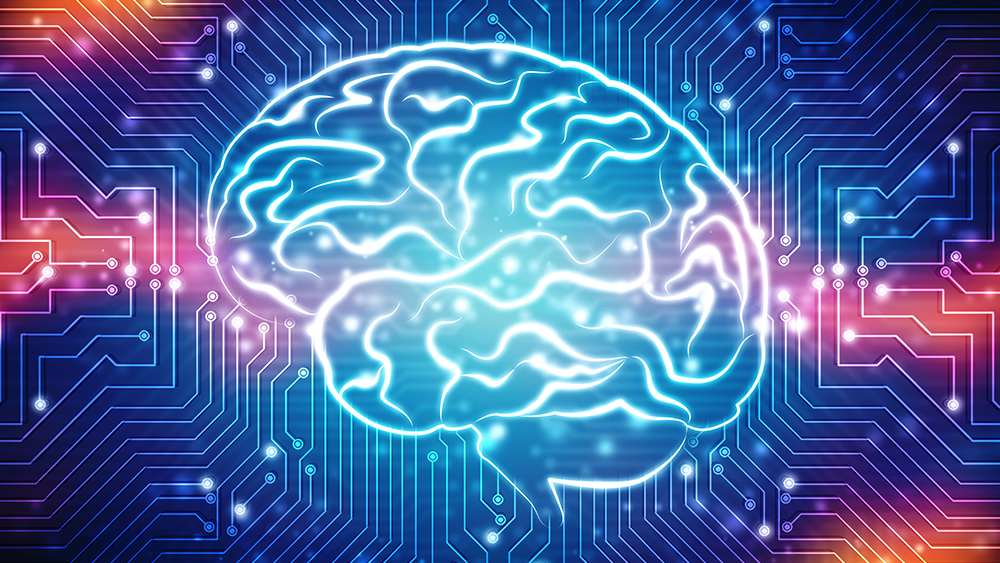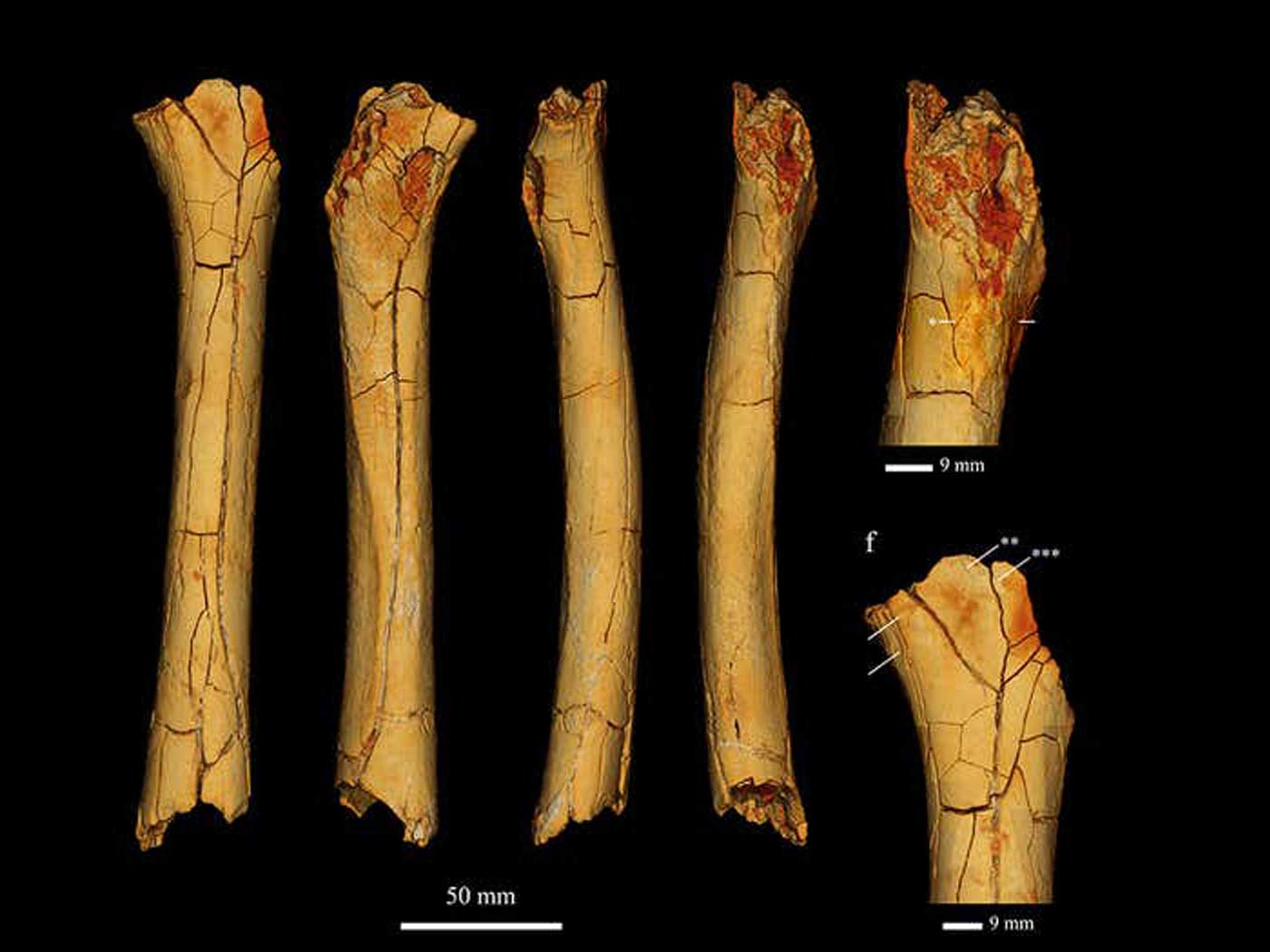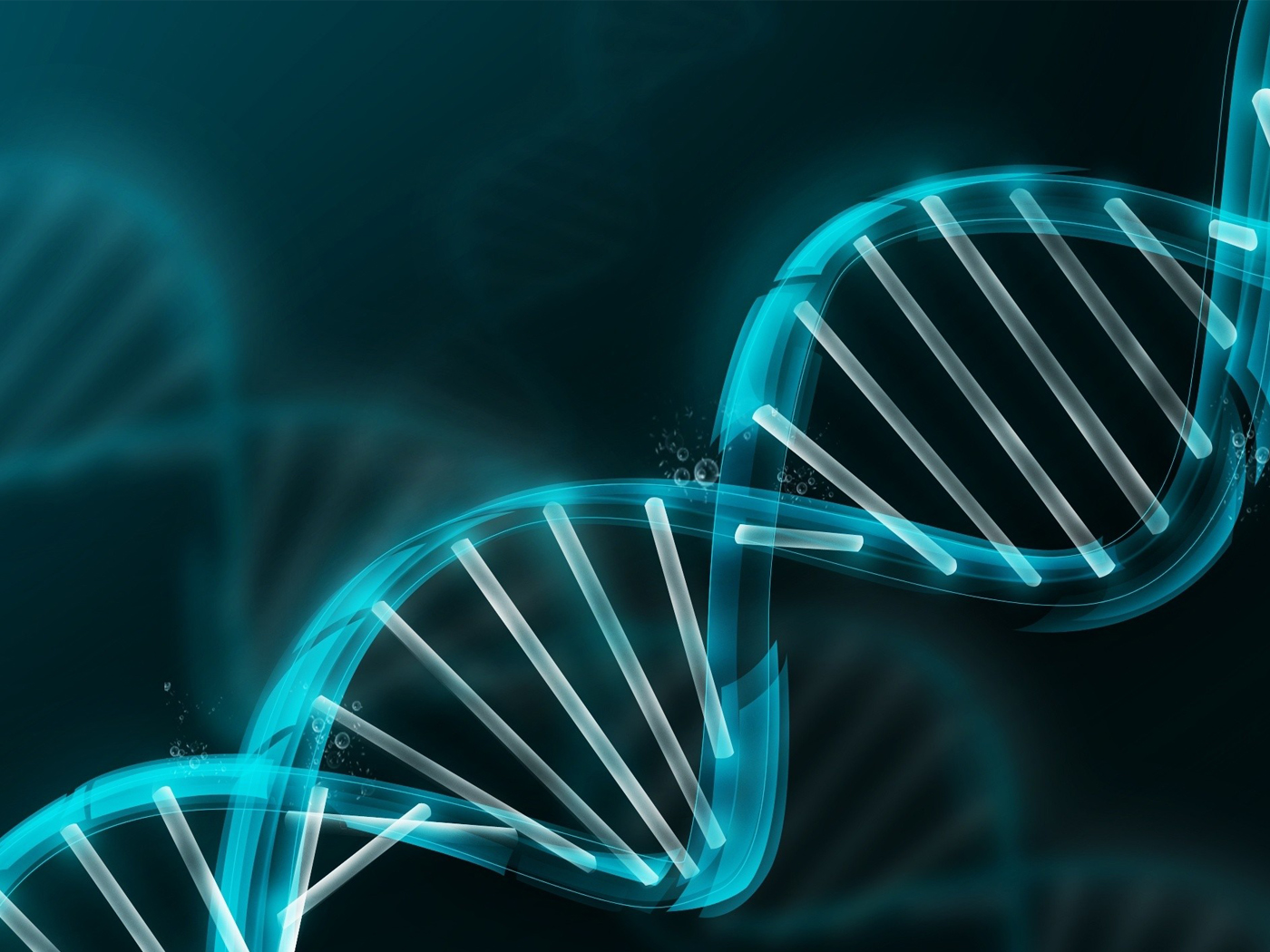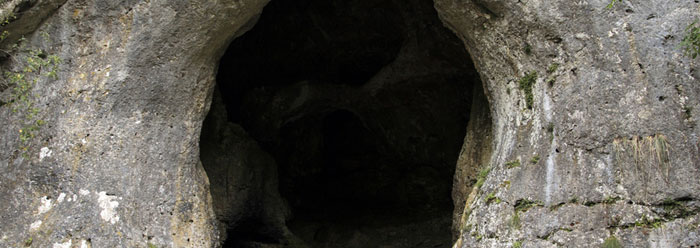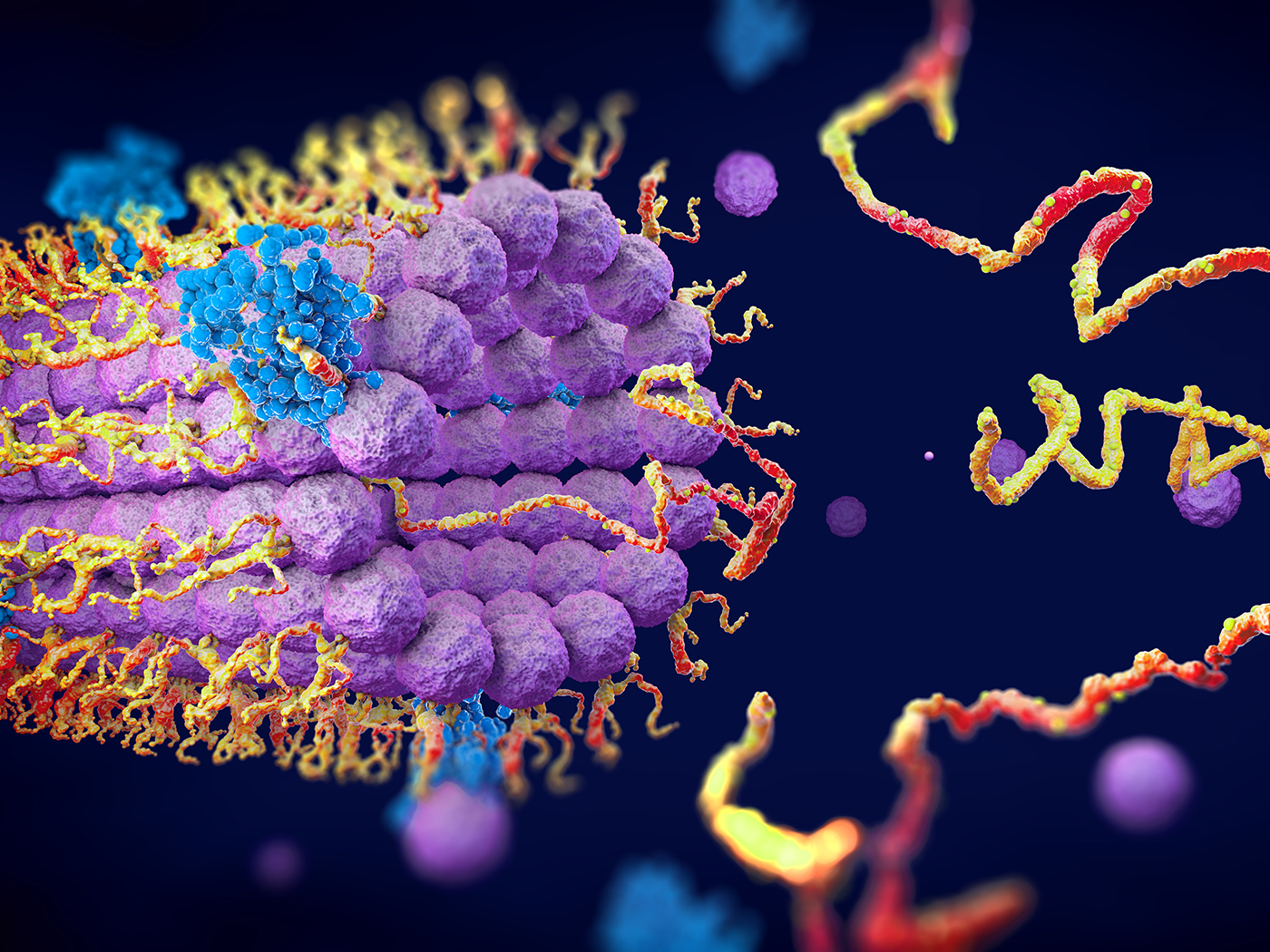With a new addition to the category of “uniquely human features,” MIT neuroscientists discovered a feature of human—not animal—brain cells. Certain human brain cells have much longer extensions called dendrites, and this research team found a uniquely human reason for it.
The cerebrum lies just beneath the skull. It has folds and bends. This largest part of the brain manages all kinds of information, and lots of it—even more than the entire internet.1 It interprets sight, sound, temperature, taste, and touch inputs. It initiates muscle movements. It stores and retrieves memories, helps perform reasoning, and stores intelligence and personality. Clearly, it does more than animal brains, but how?
This largest part of the brain manages all kinds of information, and lots of it—even more than the entire internet. ![]()
Just last month a separate team reported the discovery of a whole new class of neuron unique to humans. They called them rosehip cells based on their shapes.2 We don’t yet know what they do, but since they make up 10 percent of our neurons, future research will surely reveal their important function.
The outermost layer of the folding cerebrum is called the cortex, and it comes loaded with neurons. But humans have a much thicker cortex than animals. Human neurons near the outer edge of the cortex use extra-long dendrites to gather data from the inner edge. Now the MIT team has tested the electrical properties of these fascinating cells.
They published their results in the October 18 issue of the journal Cell.3
The team found that although the human dendrites were much longer than those of rats, both have the same number of ion channels. These channels regulate current flow. This difference—fewer channels per unit length in humans—suggests that “individual neurons can perform more complex computations on the information,” according to MIT News.4 In other words, areas within these cells, instead of whole cells like in animals, act like tiny transistors.
Harnett told MIT News, “If you have a cortical column that has a chunk of human or rodent cortex, you’re going to be able to accomplish more computations faster with the human architecture versus the rodent architecture.”4
It looks like the human brain is uniquely equipped to perform all the functions required by the human mind and heart. ![]()
It looks like the human brain is uniquely equipped to perform all the functions required by the human mind and heart. They work hand-in-glove, as though they were created for one another.
References
1. Thomas, B. Your Brain Has More Memory Than the Internet. Creation Science Update. Posted on ICR.org February 4, 2016, accessed October 24, 2018.
2. Sherwin, F. Newly-Discovered Brain Cell. Creation Science Update. Posted on ICR.org September 13, 2018, accessed October 24, 2018.
3. Beaulieu-Laroche, L., et al. 2018. Enhanced Dendritic Compartmentalization in Human Cortical Neurons. Cell. 175(3): 643-651.
4. Trafton, A. Electrical properties of dendrites help explain our brain’s unique computing power. MIT News. Posted on news.mit.edu October 18, 2018, accessed October 24, 2018.
*Brian Thomas is Science Writer at the Institute for Creation Research.
Article posted on November 6, 2018.




